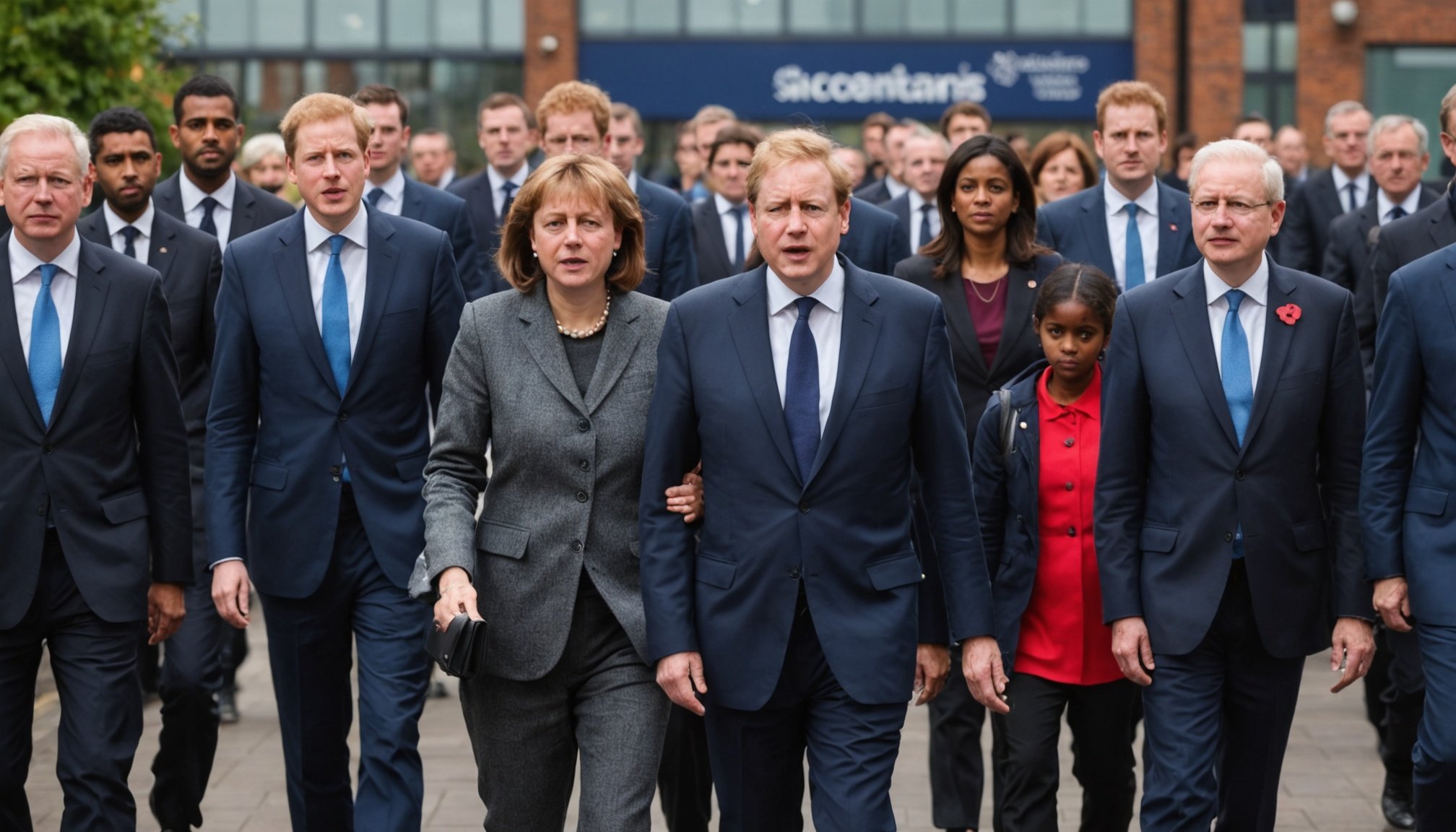Overview of Current UK Immigration Policies
The UK immigration policy operates under a structured framework designed to regulate entry, stay, and work within the country. At its core, the current UK immigration system prioritizes control over migrant numbers, security, and economic contributions. The UK follows a points-based immigration system, balancing skills, qualifications, and job offers to determine eligibility.
Central to enforcing these rules, several government bodies play vital roles. The Home Office leads policy development, while UK Visas and Immigration (UKVI) manages visa issuance and enforcement. Border Force controls entry points, ensuring compliance with immigration laws UK.
Also to see : How Is the Current State of the UK News Industry Shaping Public Opinion?
Visa types reflect diverse migration needs. Categories include work visas (such as Skilled Worker Visa), student visas, family visas, and visitor visas, each with tailored eligibility criteria. For example, the Skilled Worker Visa requires points-based criteria focused on job skill level, salary thresholds, and English proficiency.
This system promotes controlled migration aligned with economic needs while aiming to uphold national security. Understanding the immigration laws UK and eligibility across visa types helps applicants navigate requirements effectively and increases the likelihood of successful entry or settlement in the UK.
Additional reading : What Are the Underreported Stories Shaping the UK News Landscape?
Recent Changes and Proposed Reforms
Recent immigration changes UK have focused on tightening controls within the existing framework. The UK immigration policy updates include adjustments to visa eligibility criteria, such as raising salary thresholds for skilled worker visas and introducing new border enforcement measures. These reforms aim to prioritize highly skilled applicants and reduce unauthorized migration.
Government immigration reforms also feature streamlined application processes, enhancing efficiency while maintaining rigorous checks. For example, introduction of digital systems accelerates visa approvals and improves data sharing among agencies. These updates intend to balance security concerns with economic needs.
Key legislative changes include amendments to the Immigration and Social Security Coordination (EU Withdrawal) Act, which reflect the UK’s departure from the EU and affect rights and immigration routes previously available. These changes have been implemented gradually, with some phased into late 2023 and others planned through 2024.
Driving factors behind these policy shifts include concerns over border security, economic recovery post-pandemic, and public demand for more controlled immigration. Government aims to make the current UK immigration system more responsive to labor market demands while safeguarding national security. Understanding these recent developments helps applicants and employers adapt to evolving entry requirements effectively.
Official Government Actions and Statements
The UK government immigration response has been proactive in addressing evolving challenges within the current UK immigration system. The Home Office regularly issues detailed statements outlining progress, policy intentions, and enforcement priorities. These Home Office statements emphasize border security, maintaining the integrity of immigration laws UK, and supporting economic needs.
Recent UK legislative actions immigration include amendments to the Nationality and Borders Act 2022, designed to strengthen asylum rules and deter illegal entry. Parliament has also passed provisions expanding digital identification methods to streamline visa processing and improve data sharing. These legislative steps reflect a commitment to tightening controls while modernizing the system.
Government briefings frequently highlight the balance sought between welcoming skilled migrants under the points-based system and cracking down on unlawful migration. Official communications stress adherence to the rule of law as central to effective migration management.
Publicly, the Home Office stresses transparency in policy shifts and encourages migrant engagement through official channels. Statements outline cooperation with other government bodies, including UKVI and Border Force, to enforce immigration laws UK comprehensively.
This coordinated approach showcases the government’s objective to implement responsive, efficient immigrant policies backed by clear legislative frameworks and ongoing public accountability.
Impacts and Reactions to Policy Changes
The immigration policy impact UK has been multifaceted, influencing economic sectors, public services, and societal cohesion. Recent shifts in the current UK immigration system have notably affected labour shortages in industries such as healthcare and agriculture, as stricter visa criteria limit applicant pools. This has raised concerns among employers who rely heavily on migrant workers.
Expert immigration analysis UK points to a nuanced balance between enhanced security and economic needs. Analysts acknowledge that while tighter controls aim to reduce illegal entry, they may simultaneously slow down skilled worker inflows, potentially hindering economic recovery. These evaluations stress the need for flexible policies that adapt to changing labour market demands.
Public reaction UK immigration reforms have varied. Some communities support increased border security and the emphasis on skilled migration, seeing it as a step toward safeguarding national interests. However, migrant advocacy groups and certain employers express frustration, citing increased bureaucracy and potential talent loss.
Overall, the immigration policy impact UK reveals complex repercussions. Insightful critiques from experts and stakeholders underline the importance of ongoing assessment to ensure that reforms meet both security objectives and economic vitality without unnecessary hardship for applicants or employers.
Timelines and Future Developments
The UK immigration policy timeline reveals a steady progression of adjustments since Brexit, with key changes phased between 2020 and 2024. For instance, the Immigration and Social Security Coordination (EU Withdrawal) Act was introduced soon after exit, while more recent reforms like the Nationality and Borders Act 2022 have focused on strengthening enforcement and asylum procedures.
Looking ahead, future UK immigration changes are expected to build on tightening security while enhancing the points-based system. The government plans to pilot further digital innovations to streamline visa applications and improve data sharing across agencies. These steps aim to reduce processing times and better align immigration with labour market demands.
Anticipated immigration reforms UK may also address gaps in sectors facing shortages by introducing tailored visa routes, balancing control with economic necessity. Experts project that policies will become more agile, incorporating real-time labour market feedback to adapt eligibility criteria quickly.
The timeline highlights the government’s commitment to evolving migration frameworks in response to shifting socio-economic contexts. Continuous legislative reviews and policy updates are expected throughout 2024 and beyond, aiming to create an immigration system that is robust, efficient, and focused on national priorities. Understanding this evolving timetable helps applicants and employers prepare for upcoming requirements with greater confidence.






